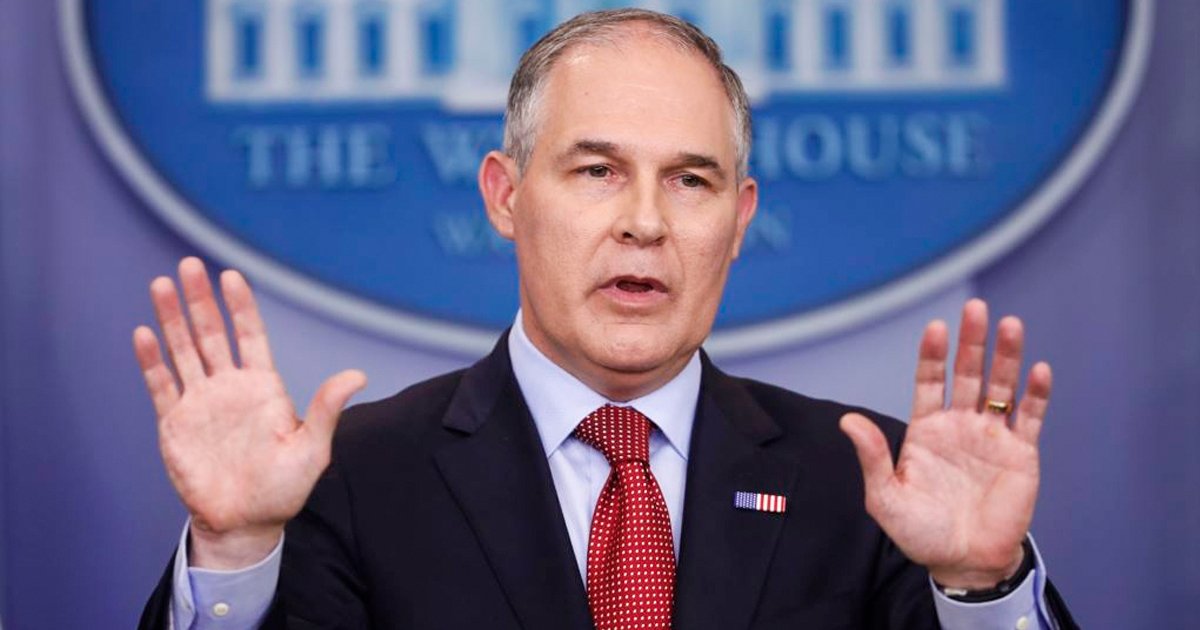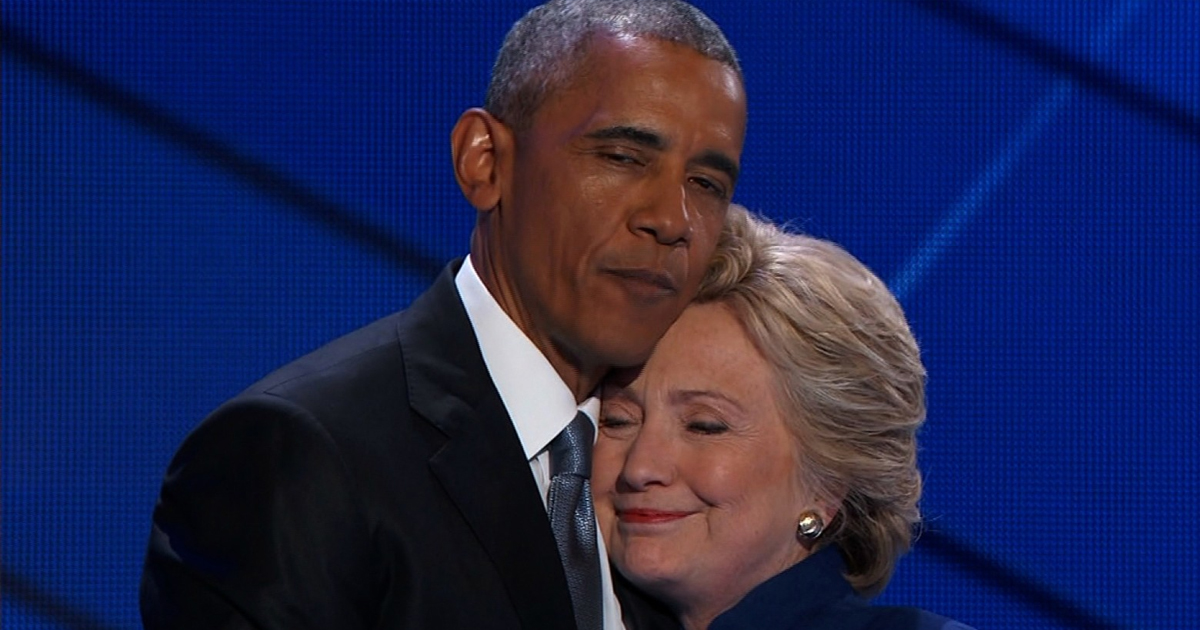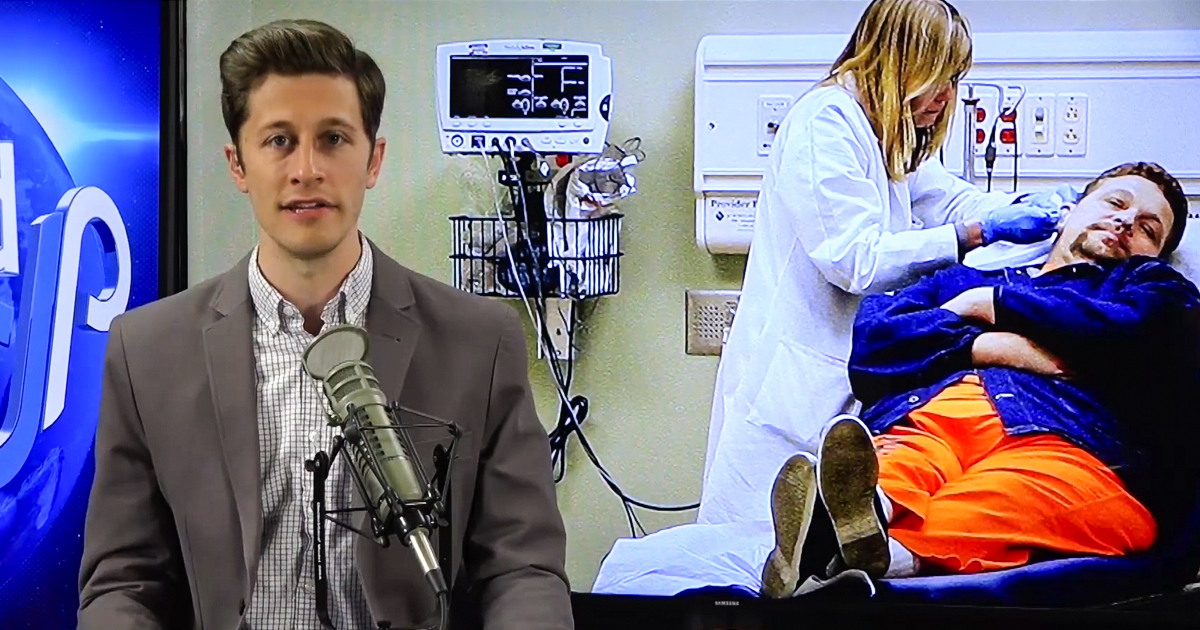Late last year, Congress quietly ended a war against medical marijuana that has gone on for over two decades. The provision was hidden inside a 1,600 page spending bill that Democrats and Republicans wrangled over for weeks. Under the law, federal agents are no longer allowed to raid medical marijuana dispensaries. Despite this, the official position of the Federal government is that cannabis “has no currently accepted medical use in treatment.” The Drug Enforcement Agency still categorizes marijuana with dangerous narcotics – and still refuses to acknowledge that the plant has any medicinal value.
If this is the case, why did the U.S. Department of Health and Human Services (DHHS) secure a patent on a marijuana compound?
The compound in question is known as cannabidiol, or CBD. This is not the psychoactive ingredient that produces the mind-altering “high.” It has been shown to have many potentially therapeutic applications, however. It is something that the DHHS apparently recognizes: Patent No. 6630507, first filed in April of 1999 (when the “War on Weed” was still in full swing), has been given the title, “Cannabinoids as Antioxidants and Neuroprotectants.” The patent lists three inventors, all of whom have degrees in neurology and/or pharmacology. One of them, Dr. Julius Axelrod (now deceased), was one of the winners of the 1970 Nobel Prize in Physiology and Medicine. All three worked for the National Institutes of Health, under the auspices of which the research was carried out.
The patent lists the “invention” as having anti-oxidant properties. According to the abstract:
This new found [anti-oxidant] property makes cannabinoids useful in the treatment and prophylaxis of wide variety of oxidation associated diseases, such as ischemic, age-related, inflammatory and autoimmune diseases. The cannabinoids are found to have particular application as neuroprotectants, for example in limiting neurological damage following ischemic insults, such as stroke and trauma, or in the treatment of neurodegenerative diseases, such as Alzheimer’s disease, Parkinson’s disease and HIV dementia.
The term “neuroprotectant” basically means a substance that preserves brain function. The anti-oxidant properties attributed to CBD are also present in foods such as broccoli, blueberries, red wine and green tea. This is common knowledge among health-conscious people. It is not yet clear as to whether or not CBD’s antioxidant properties are greater than many of the “superfoods” recommended by doctors and nutritionists.
It should be pointed out that the patent does not give the DHHS exclusive rights over the marijuana plant – nor even the production of cannabinoids. It covers only specific uses of CBD in the treatment of particular disorders. But why hold a patent at all if (A) there is no official recognition of marijuana’s medicinal value, and (B) the plant was still illegal at the time?
According to Colorado attorney Bob Hoban, it’s about control. Hoban, who handles cannabis-related matters, told Marijuana Investor News in March that by holding the patent, the government can exert control over who can research and engage in the production of CBD products. Hoban points out that “[a company] can’t sell CBD pharmaceuticals in the U.S. without going through the government to get permission.”
At present, only one company – UK-based GW Pharmaceuticals – has FDA approval to market a CBD medication, which is authorized only for the treatment of a specific form of epilepsy. However, the NIH has granted licenses to a small Pennsylvania biotech firm called KannaLife Science and its network marketing partner known as Kannaway. Both are subsidiaries of Medical Marijuana, Inc. Still trading at under .10c a share, Medical Marijuana, Inc. was founded in 2009. It is the first publicly-held corporation specializing in legalized cannabis and hemp products. The company has attracted some suspicion. Last year, investigative journalist Aaron Cantú wrote a report for Project CBD, an educational non-profit organization. In that report, “Hemp Oil Hustlers,” Cantú admitted that it was a mystery as to how KannaLife Sciences “was able to convince the U.S. government to award KannaLife Sciences a patenting license to commercialize CBD.” The report also notes that, although other companies could still apply for licenses, none have done so.
Given the potential of CBD to treat a range of diseases, the stakes are high. Still, considering the incestuous relationship between federal regulatory agencies and Big Pharma, it’s curious as to why a license would be granted to a small, relatively small biotech company allegedly engaged in improprieties – and why big players like Johnson & Johnson, Pfizer, Glaxo-Smith Kline and others haven’t even pursued it, at least that we know.




